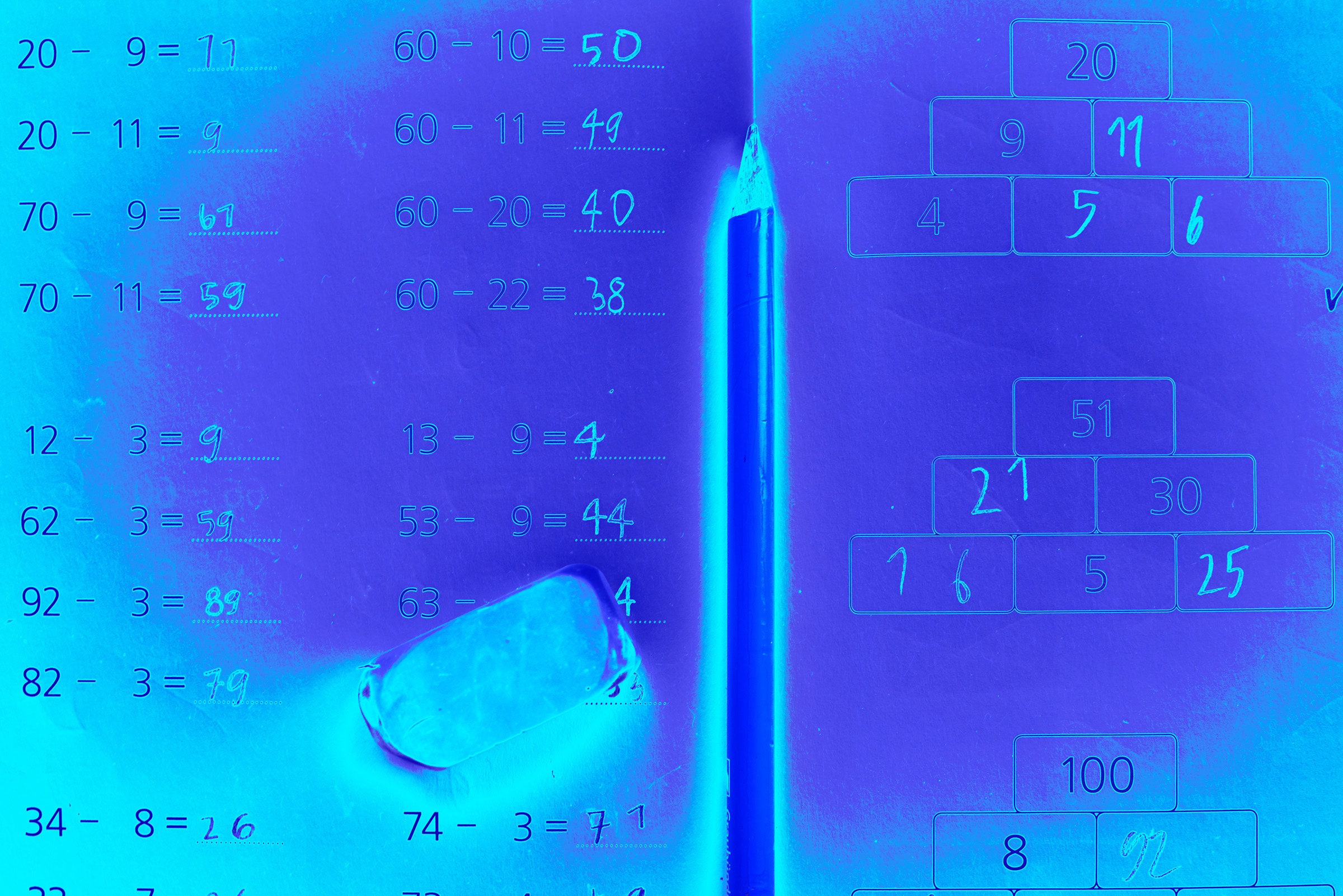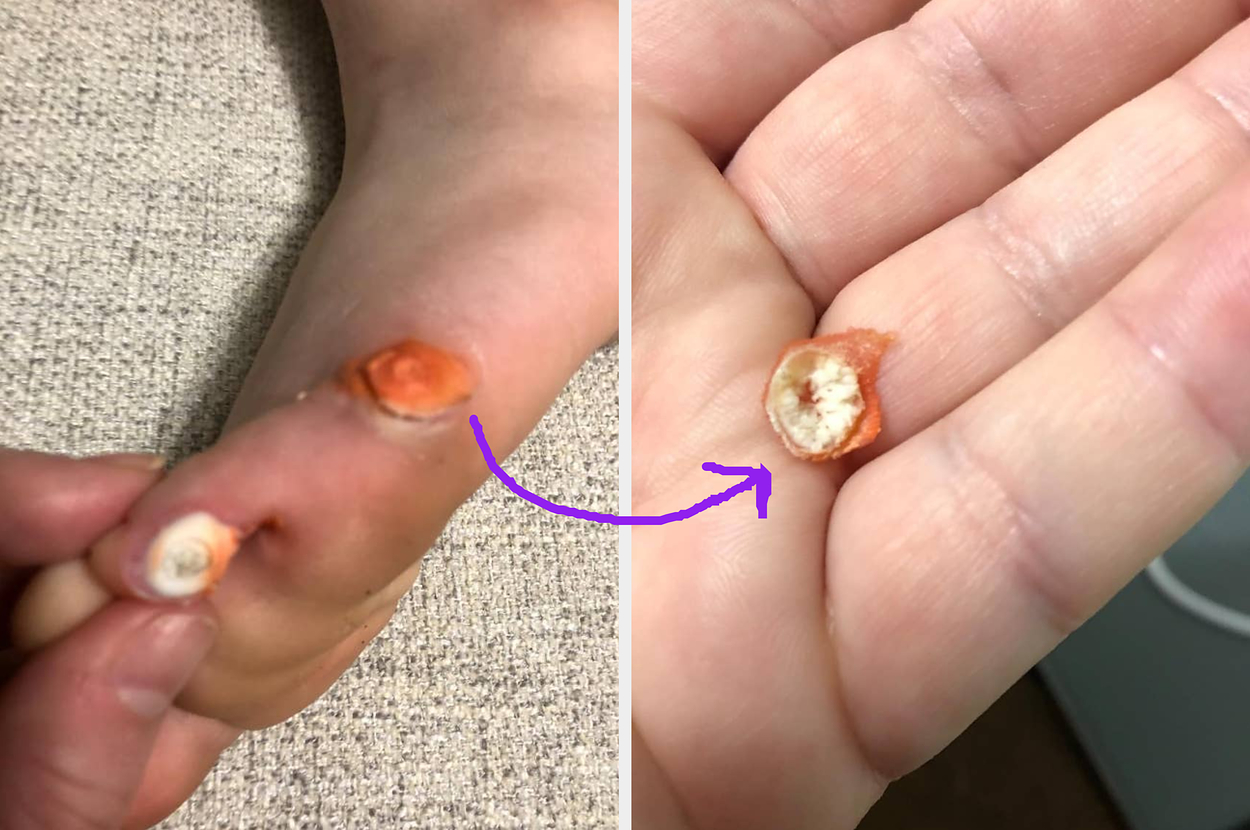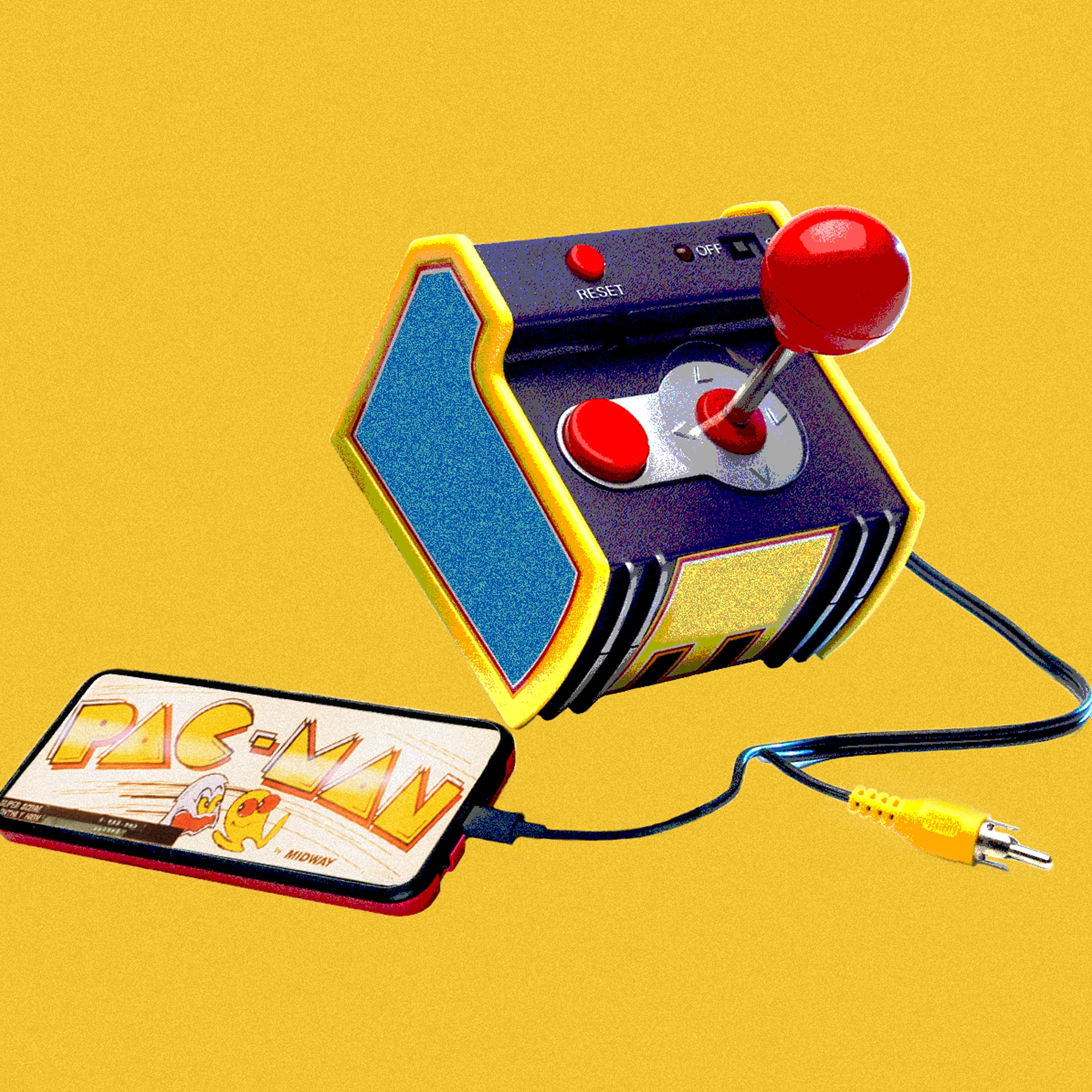ChatGPT has already wreaked havoc on classrooms and changed how teachers approach writing homework, since OpenAI publicly launched the generative AI chatbot in late 2022. School administrators rushed to try to detect AI-generated essays, and in turn, students scrambled to find out how to cloak their synthetic compositions. But by focusing on writing assignments, educators let another seismic shift take place in the periphery: students using AI more often to complete math homework too.
Right now, high schoolers and college students around the country are experimenting with free smartphone apps that help complete their math homework using generative AI. One of the most popular options on campus right now is the Gauth app, with millions of downloads. It’s owned by ByteDance, which is also TikTok’s parent company.
The Gauth app first launched in 2019 with a primary focus on mathematics, but soon expanded to other subjects as well, like chemistry and physics. It’s grown in relevance, and neared the top of smartphone download lists earlier this year for the education category. Students seem to love it. With hundreds of thousands of primarily positive reviews, Gauth has a favorable 4.8 star rating in the Apple App Store and Google Play Store.
All students have to do after downloading the app is point their smartphone at a homework problem, printed or handwritten, and then make sure any relevant information is inside of the image crop. Then Gauth’s AI model generates a step-by-step guide, often with the correct answer.
From our testing on high-school-level algebra and geometry homework samples, Gauth’s AI tool didn’t deliver A+ results and particularly struggled with some graphing questions. It performed well enough to get around a low B grade or a high C average on the homework we fed it. Not perfect, but also likely good enough to satisfy bored students who’d rather spend their time after school doing literally anything else.
The app struggled more on higher levels of math, like Calculus 2 problems, so students further along in their educational journey may find less utility in this current generation of AI homework-solving apps.
Yes, generative AI tools, with a foundation in natural language processing, are known for failing to generate accurate answers when presented with complex math equations. But researchers are focused on improving AI’s abilities in this sector, and an entry-level high school math class is likely well within the reach of current AI homework apps. Will has even written about how researchers at Google DeepMind are ecstatic about recent results from testing a math-focused large language model, called AlphaProof, on problems shown at this year’s International Math Olympiad.
To be fair, Gauth positions itself as an AI study company that’s there to “ace your homework” and help with difficult problems, rather than a cheating aid. The company even goes so far as to include an “Honor Code” on its website dictating proper usage. “Resist the temptation to use Gauth in ways that go against your values or school’s expectations,” reads the company’s website. So basically, Gauth implicitly acknowledges impulsive teenagers may use the app for much more than the occasional stumper, and wants them to pinkie promise that they’ll behave.
Prior to publication, a spokesperson for ByteDance did not answer a list of questions about the Gauth app when contacted by WIRED over email.
It’s easy to focus on Gauth’s limitations, but millions of students now have a free app in their pocket that can walk them through various math problems in seconds, with decent accuracy. This concept would be almost inconceivable to students from even a few years ago.
You could argue that Gauth promotes accessibility for students who don’t have access to quality education or who process information at a slower pace than their teacher’s curriculum. It’s a perspective shared by proponents of using AI tools, like ChatGPT, in the classroom. As long as the students all make it to the same destination, who cares what path they took on the journey? And isn’t this just the next evolution in our available math tools? We moved on from the abacus to the graphing calculator, so why not envision generative AI as another critical step forward?
I see value in teachers thoughtfully employing AI in the classroom for specific lessons or to provide students with more personalized practice questions. But I can’t get out of my head how this app, if students overly rely on it, could hollow out future generations’ critical thinking skills—often gleaned from powering through frustrating math classes and tough homework assignments. (I totally get it, though, as an English major.)
Educational leaders are missing the holistic picture if they continue to focus on AI-generated essays as the primary threat that could undermine the current approach to teaching. Instead of arduous assignments to complete outside of class, maybe centering in-class math practice could continue to facilitate positive learning outcomes in the age of AI.
If Gauth and apps like it eventually lead to the demise of math homework for high schoolers, throngs of students will breathe a collective sigh of relief. How will parents and educators respond? I’m not so sure. That remains an open question, and one for which Gauth can’t calculate an answer yet either.










